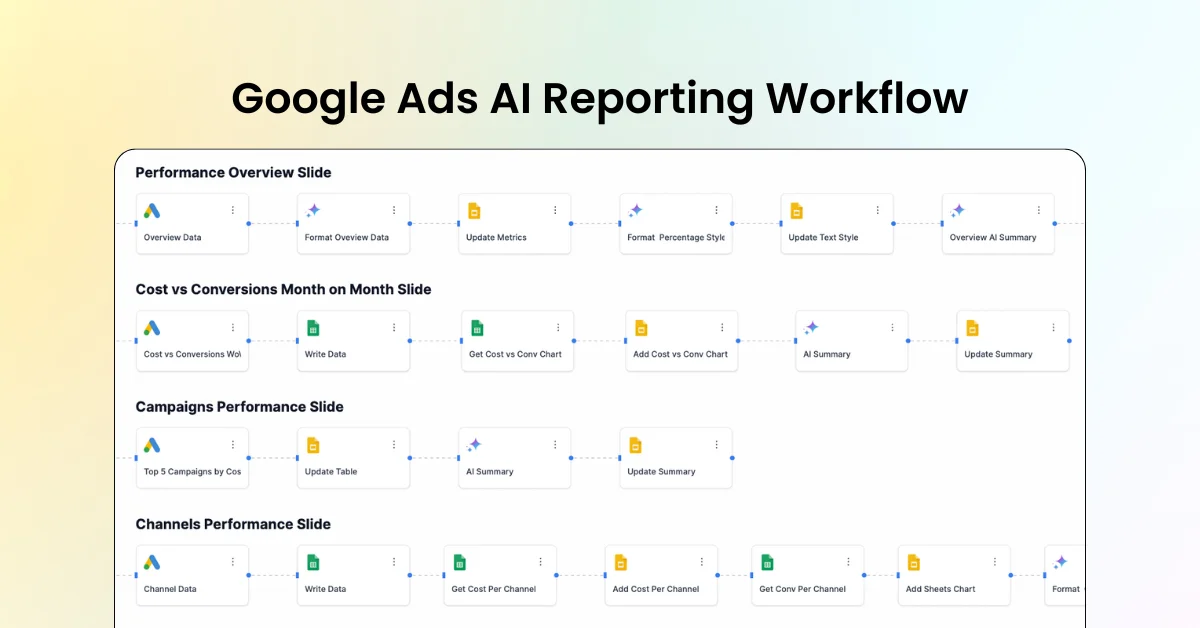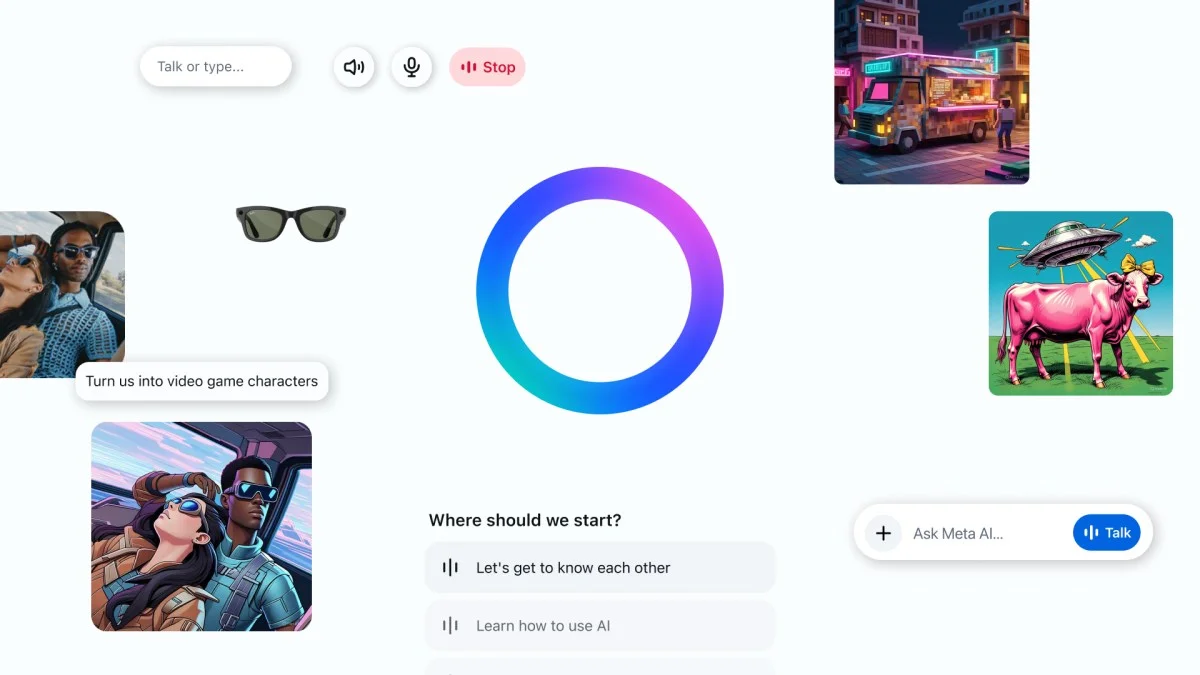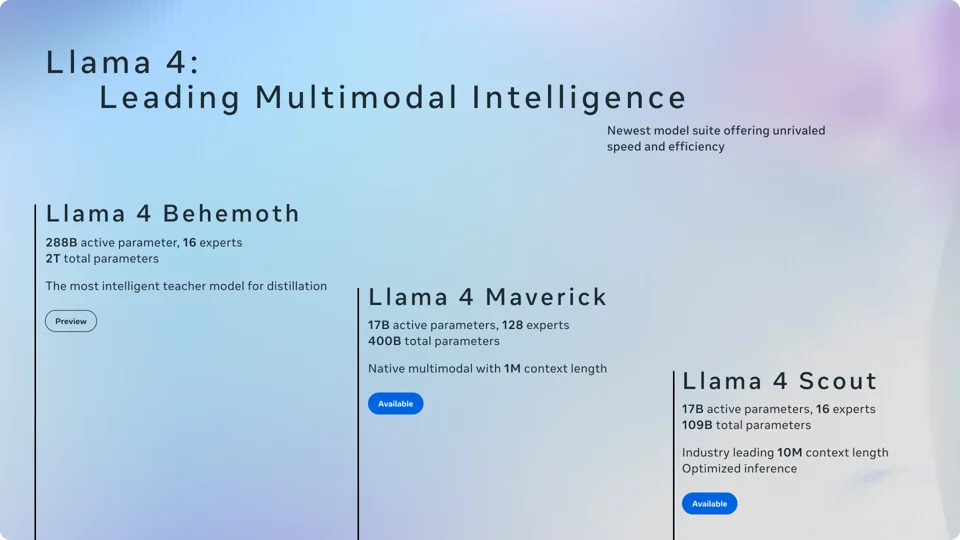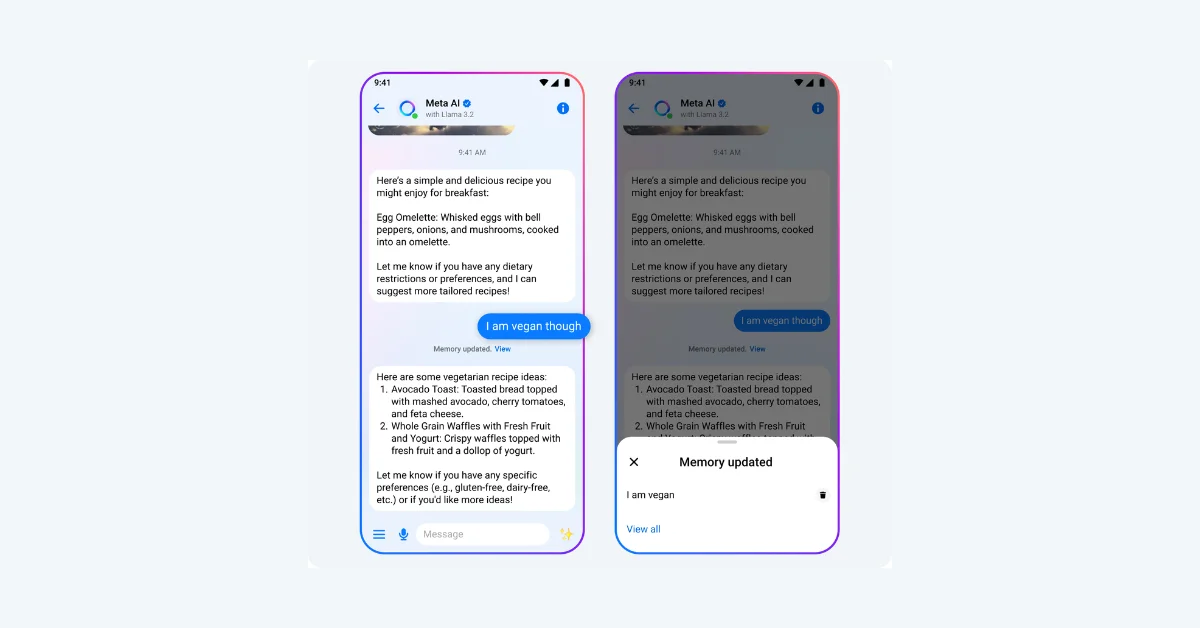Meta has announced the release of Llama 3.2, a significant update to its open-source AI model family. This new iteration introduces vision capabilities and lightweight models designed for edge devices, marking a major step in democratizing AI technology.
Key Features of Llama 3.2:
Vision Models:
- 11B and 90B parameter models capable of image understanding and reasoning.
- Can perform tasks like document analysis, image captioning, and visual grounding.
Edge AI Models:
- 1B and 3B parameter models optimized for mobile and edge devices.
- Support 128K token context length for enhanced performance.
On-Device Capabilities:
- Models can run locally on select edge and mobile devices.
- Optimized for Qualcomm and MediaTek hardware, and Arm processors.
Llama Stack:
- New distribution system to simplify deployment across various environments.
- Supports on-prem, cloud, single-node, and on-device implementations.
Performance and Availability:
- Vision models competitive with leading closed-source alternatives like Claude 3 Haiku.
- Lightweight models outperform comparable offerings in tasks like instruction following and summarization.
- Available for download on llama.com and Hugging Face.
- Accessible on partner platforms including AWS, Google Cloud, and Microsoft Azure.
Impact and Applications:
- Enables local, privacy-preserving AI applications on mobile devices.
- Supports real-time, on-device tasks like message summarization and calendar management.
- Vision capabilities allow for complex image-based reasoning and analysis.
Open-Source Approach:
Meta continues to emphasize openness in AI development, aiming to drive innovation and broaden access to AI technologies.
This release represents a significant leap in open-source AI capabilities, potentially accelerating the development of diverse AI applications across various platforms and devices.












